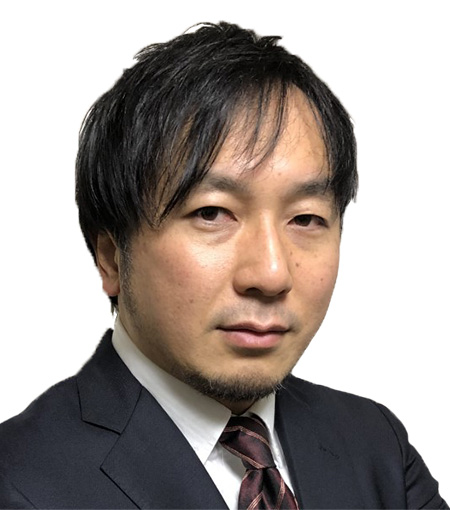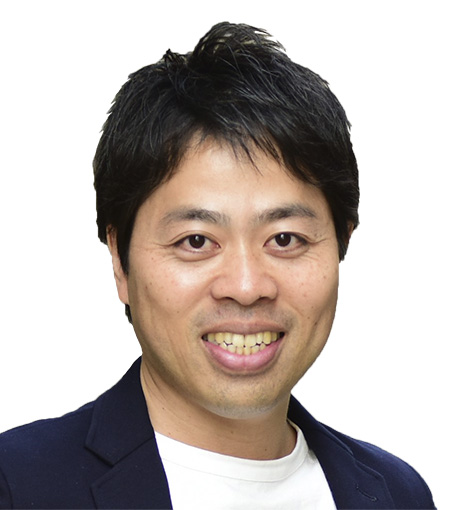- JST Home
- /
- Strategic Basic Research Programs
- /
 CREST
CREST- /
- Research Director/
- Spatiotemporal dynamics of intracellular components/
- [Cell Dynamics] Year Started : 2022
[Cell Dynamics] Year Started : 2022
Daiju Kitagawa
Phase Transition Dynamics by Innovative Measurement Techniques
Grant No.:JPMJCR22E1
Research Director
Daiju Kitagawa

Professor
Graduate School of Pharmaceutical Sciences
The University of Tokyo
Collaborator
| Yuji Tokunaga | Assistant Professor Graduate School of Pharmaceutical Sciences The University of Tokyo |
| Kenjiro Hanaoka | Professor Faculty of Pharmacy/Graduate School of Pharmaceutical Sciences Keio University |
| Miho Yanagisawa | Associate Professor Graduate School of Arts and Sciences The University of Tokyo |
Outline
In this research, we will establish an innovative measurement strategy to systematically analyze the phase transition processes in the formation of intracellular structures, by measuring the structure, physical properties, orientation, and fluidity of intracellular structures. Furthermore, we aim to elucidate the underlying mechanisms that drive the phase transitions and their physiological significance using the centrosome biogenesis as a model system. It has been shown that the centrosome and its components exhibit a wide range of physical properties in various biological contexts. Furthermore, we aim to theorize the intracellular phase transition system by validating the preexisting phase transition models in physics and by using data obtained from exhaustive measurements of phase transitions in cells and in vitro.
Akiko Satoh
Dynamics and cargo transports between TGN and endosomes
Grant No.:JPMJCR22E2
Research Director
Akiko Satoh

Professor
Graduate School of Integral Science for Life
Hiroshima University
Collaborator
| Atsushi Matsuda | Senior researcher Advanced ICT Research Institute National Institute of Information and Communications Technology. |
Outline
We found membranes of endosomes and trans-Golgi networks (TGN) are repeatedly connected and disconnected, and this novel membrane interaction is required for the export of anterograde cargoes from the trans-Golgi network. In this study, we will develop novel methods of perturbation and observation of transport. Together with our newly developed experimental system that can reversibly inhibit both dissociation and transport between TGN and endosome, we will elucidate the molecular and structural basis of cargo sorting and export from the trans-Golgi network.
Mikako Shirouzu
Elucidation of Dynamic Structure of DOCK Signalosome by Cryo-Electron Microscopy
Grant No.:JPMJCR22E3
Research Director
Mikako Shirouzu

Team Director
Center for Integrative Medical Sciences
RIKEN
Collaborator
| Richard Wong | Professor Nano Life Science Institute(WPI-NanoLSI) Kanazawa University |
| Kento Kasahara | Assistant Professor Graduate School of Engineering Science The University of Osaka |
| Takamitsu Hosoya | Professor Institute of Integrated Research Institute of Science Tokyo |
| Junji Yamauchi | Professor Life Sciences Tokyo University of Pharmacy & Life Science |
Outline
In this study, we aim to elucidate the molecular mechanism of the DOCK/Rho family signal transduction system that regulates cell motility and morphological changes, in which proteins cooperate to transmit stimuli on the plasma membrane interfaces. We will obtain high-resolution structures of various activation states in the reconstituted system, acquire positional information of intracellular molecules by cryo-electron tomography, and analyze their structures in the intracellular environment using labeled compounds to elucidate the mechanism of signalosome formation and its involvement in cell morphological changes at the molecular level.
Jun Suzuki
Lipid scrambling system regulated by higher-order structure interaction
Grant No.:JPMJCR22E4
Research Director
Jun Suzuki

Professor
Institute for Advanced Study
Kyoto University
Collaborator
| Kazuhiro Abe | Professor Graduate School of Science Hokkaido University |
| Hitoshi Ishiwata | Team Leader Institute for Quantum Life Science National Institute for Quantum Science and Technology |
Outline
Using an original screening approach developed by the group leader, we will identify the components of higher-order structures that regulate lipid scrambling. Cryo-EM (or X-ray) structural analysis will also be performed to elucidate the operative mechanisms of the identified factors at the molecular level. Factors that are well understood through these analyses will be reconstituted in lipid bilayers constructed directly on diamond nitrogen-vacancy centers (NV centers), and nanoscale NMR measurements of lipid scrambling will be performed.













